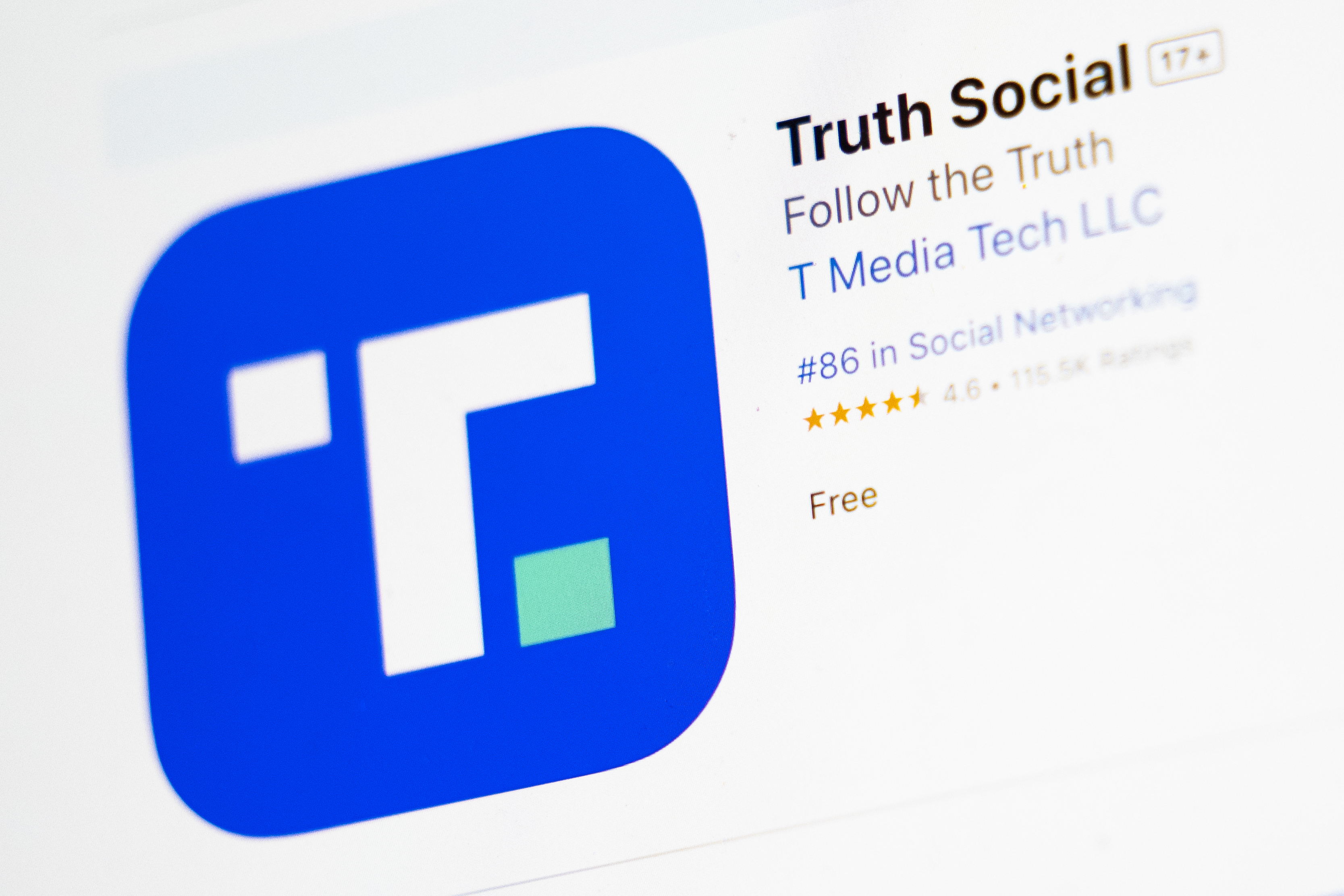For taxpayers awaiting a return on their investment in General Motors, it may be coming soon, if faith is to be placed in the struggling automaker's first quarterly profit in almost three years.
Apparently, bailout and bankruptcy has been good medicine for GM, whose $865 million first-quarter profit (versus a $5.98 billion loss the year before) may be the first sign of what could be one of the biggest turnaround stories in American business history.
The automaker’s new Chief Financial Officer Chris Liddell billed Monday's news as just one of several “important steps as we lay the foundation for a successful GM.”
We have all been here before, though. GM CEO Edward Whitacre, Jr., took to the airwaves several weeks back to announce the automaker’s plan to pay back its government loans years ahead of schedule. But the news backfired on the long-troubled GM when it was revealed that the company would use additional Treasury funds to pay down its debt.
So, should GM's profitable quarter be viewed with a jaundiced eye?
On an operating basis, the latest quarter saw GM come through with $1.7 billion in profits, but perhaps the most significant figure was the $1.2 billion profit turned in by the maker’s long-struggling North American operations. That was a substantial turnaround from just the fourth quarter of 2009, when the core unit went $3.4 billion into the red. European operations, which are still in limbo awaiting at least a partial government bailout, nonetheless narrowed their losses to $500 million versus a loss of $800 million in the fourth quarter.
The initial outside reaction has been tempered but generally positive. Analyst Rod Lache, of Deutsche Bank labeled the numbers “significantly stronger than expected … building on the momentum demonstrated during the company’s Q4.”
U.S. & World
Joe Phillippi, of AutoTrends Consulting, was more blunt. After decades in which GM’s numbers often seemed to suggest good times ahead, only to be followed by further corporate decline, the first quarter financial report looked “clean,” said Phillippi, “without any financial gimmickry.”
The source of GM’s good fortune appears to be a variety of steps taken since the maker emerged from bankruptcy last July. Credit sharp cost-cutting and the effort Whitacre and his CEO predecessor, Fritz Henderson, took to trim the company’s management structure. GM has also been buoyed by its increasing presence in emerging markets, notably China.
That, of course, isn’t something new. The automaker has been steadily expanding its role in the booming Asian market for the last decade, and now rivals long-time leader Volkswagen AG for dominance.
There’s an old adage, stresses Phillippi, that “You can’t cost-cut your way to prosperity.” Whitacre agrees, and in recent months has emphasized that any long-term revival at GM must be “product-led.”
The four GM divisions that survived last year’s Chapter 11 — out of the original eight — have been faring far better than anticipated, largely due to a wave of new models, such as the Chevrolet Equinox and Buick LaCrosse, that have become some of the biggest hits General Motors has had in decades.
Observers credit this to Bob Lutz, who retired at 78 from his post as vice chairman early this month.
The midsize LaCrosse has been exceeding even Buick’s optimistic expectations, LaCrosse sales have climbed steadily for seven months, hitting their highest retail mark in April when sales for the year tripled. With at least three more products due to join the division’s small line-up, including an all-new version of the Regal, Buick General Manager Brian Sweeney believes the brand will “double our sales in the next few years.”
That needs to be taken into perspective, though. Because the overall American market is expected to grow significantly, Stephanie Brinley, an analyst with AutoPacific, Inc., cautions that Buick’s actual market share is likely to grow only from 1.0 percent to 1.4 percent, barely a fifth of what it held at its peak, in 1984, when the brand generated 941,611 sales in the U.S. alone.
The car market has changed dramatically since then. Not only are there new brands such as Toyota’s luxury brand, Lexus (which Buick hopes to challenge) but there’s been huge fragmentation in product offerings. Back then, a successful vehicle might generate up to 400,000 sales annually, while today 100,000 is often considered a hit. So, GM has to be swinging for the bleachers with every new model.
And it still has to prove, warns Brinley, that it can win back skeptical buyers who have long written off the brand. On Long Island, for example, the maker holds barely a 6 percent share, according to one GM executive. It isn't much better in California, where it has barely a third of the maker’s national average.
Complicating matters was the decision several years back to sell off a controlling stake in the captive finance subsidiary, GMAC, to the private equity giant, Cerberus Capital Management. Now renamed Ally, the housing crisis has hammered the lender and, for much of 2009, sorely limited the number of auto loans and leases it would write — something industry observers believe cost GM many thousands of potential sales.
Thanks to its own federal bailout, Ally’s health is improving and it is beginning to open the spigots again, but there have been numerous reports in recent days suggesting GM will either try to buy back its old subsidiary or start a new captive finance arm. In March, the Congressional Oversight Panel, which oversees the banking and automotive bailouts, recommended that Treasury look into recombining what is now Ally with GM.
Overall, GM is beginning to win converts to its cause. Referring to Chrysler and GM, both of which received federal assistance, former auto bailout overseer Ron Bloom said he was “hopeful, cautious” the companies are on the way to recovery. Joining Bloom in Michigan, his partner, Steve Rattner, meanwhile, concluded that both makers “are hitting all the milestones expected.”
The monthly sales numbers are, of course, being closely watched, but the next real milestone will come with the second-quarter earnings numbers. GM, says analyst Phillippi, “needs…a couple more quarters of positive numbers."
If the maker stays on track it could lead Whitacre to take his biggest risk: a much-anticipated IPO which would largely sell off the 61 percent stake in the company now held by the Treasury.
How much such a sale would raise is unclear. The Oversight Panel projected at least $6 billion less than the government’s investment. Other observers generally see similar results.
But the “new” GM has been delivering a series of unexpected surprises lately. And if the coming months deliver similar good news, what happens when the maker takes itself public again is anyone’s guess.



